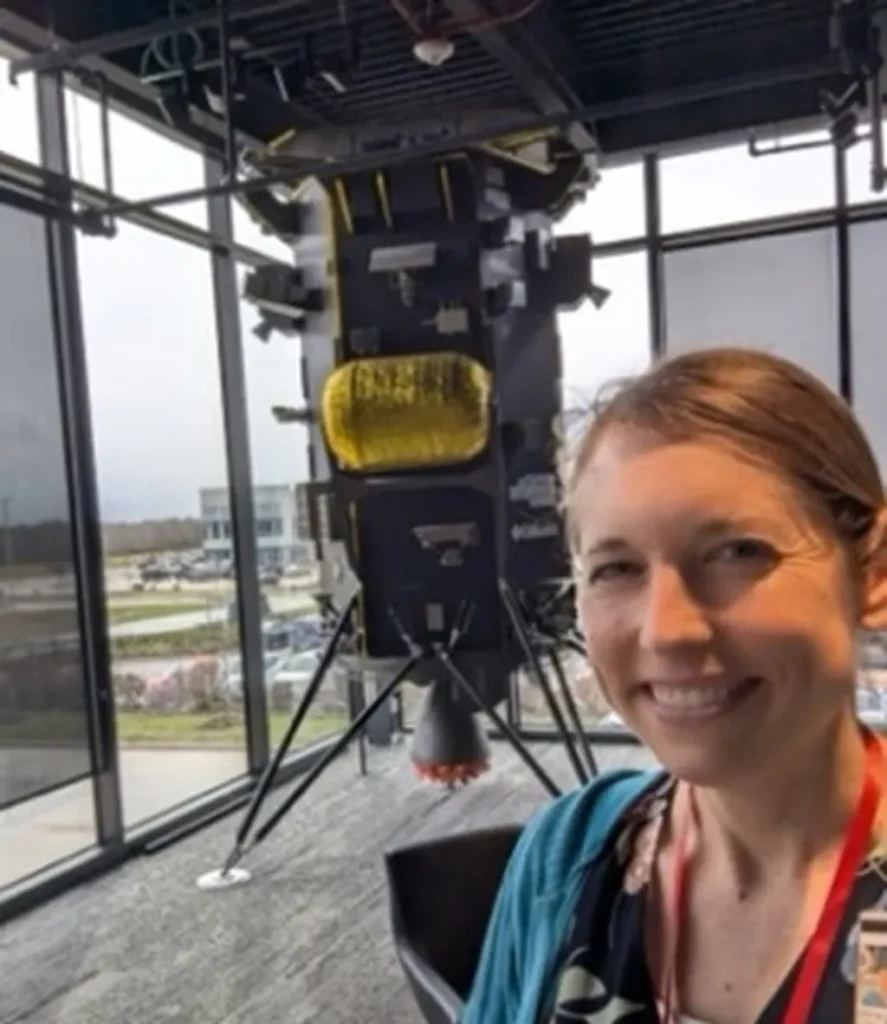In the ever-evolving landscape of precision agriculture, a groundbreaking study published in *Scientific Reports* (known in English as *Nature Scientific Reports*) is set to revolutionize how farmers and agritech professionals approach plant disease detection. Led by Murugavalli S., a researcher from the Faculty of Artificial Intelligence at K Ramakrishnan College of Technology, the study introduces PLA-ViT, or Precision Leaf Analysis with Vision Transformers, a novel method that leverages advanced deep learning techniques to enhance agricultural monitoring.
Traditional methods of plant disease detection often require large training datasets, are costly, and can overfit, leading to inaccurate results. Convolutional Neural Networks (CNNs) have shown promise in leaf image analysis, but they come with their own set of limitations. Enter Vision Transformers (ViTs), a cutting-edge technology that employs self-attention mechanisms to find global contextual information, outperforming other neural networks in accuracy and efficiency.
Murugavalli S. explains, “Our approach uses data augmentation, normalization, and bilateral filtering to increase generalization and image quality. By using transfer learning with pre-trained ViTs, we reduce the computational load and improve feature extraction, making the system more robust and efficient.”
The PLA-ViT model is not just about improved accuracy; it’s about real-time, actionable insights. By integrating the system with IoT sensors, stakeholders can monitor farms in real time and take timely measures such as pesticide treatment or plant isolation. This proactive approach can significantly reduce crop losses and enhance sustainable farming practices.
The commercial impacts for the energy sector are substantial. Precision agriculture reduces the need for excessive pesticide use, which in turn lowers the energy required for production and transportation. “This novel method shows that transformer-based designs might help progress in precision agriculture,” Murugavalli S. adds, highlighting the potential for widespread adoption and scalability.
The study’s findings are a testament to the power of advanced technologies in transforming traditional industries. As we move towards a more sustainable future, the integration of AI and IoT in agriculture is not just a luxury but a necessity. The research published in *Scientific Reports* paves the way for future developments, offering a glimpse into a world where technology and agriculture coexist harmoniously to feed the planet more efficiently and sustainably.
In the words of Murugavalli S., “The future of agriculture lies in our ability to adapt and innovate. PLA-ViT is a step in that direction, but it’s just the beginning.” As the agritech community continues to push the boundaries of what’s possible, the potential for transformative change is limitless.

